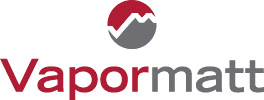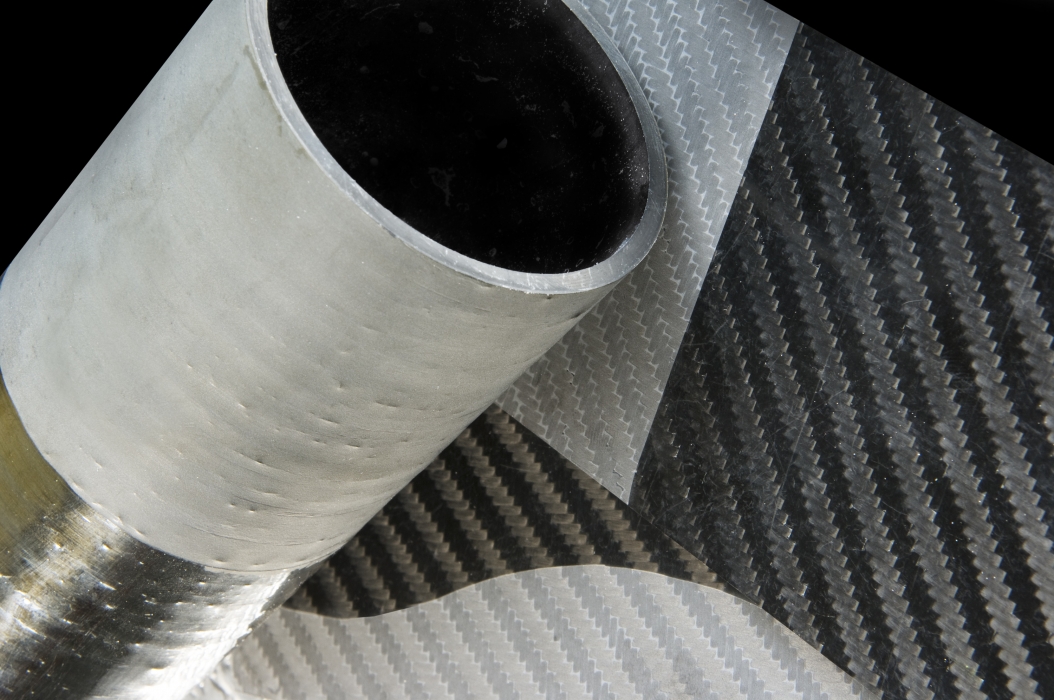As a result of the UK being at the forefront of what is an ever growing composites industry the rate of innovation has been exponential. Driven by the need to reduce weight without compromising structural integrity, the use of composites in the aerospace and automotive industries has been a key focus for many manufacturers. However, as with all manufacturing, there is a need to understand the importance of surface preparation as a means to improve product quality. This white paper seeks to establish wet blasting as one of the better methods for preparing composite parts for bonding.
Why is it needed?
For industry, the ability to produce well bonded parts can eliminate the need for expensive fastening processes, which add weight and stresses to a component. Surface preparation has been long recognised as an important step in producing a robust bond and is key to maximising strength and durability. However, while long standing processes such as manual abrasion, dry blasting or peel ply have been traditionally used they are limited in the ability to provide precise and reproducible results. This in turn may lead to established processes being unable to meet certification levels required for composite parts. As the demand for composite parts increases manufacturers must constantly be looking at different, and often new, ways to achieve better bonds. By looking to improve surface preparation manufacturers will be able to overcome new challenges and find new ways of using composite materials.
How wet blasting can help
As an alternative mechanical process wet blasting can offer manufacturers enhanced precision and also reproducibility when it comes to preparing composite parts. The wet blast process combines compressed air, abrasive media and water in a slurry form to create a mechanical action that gives an abrasive effect. The introduction of water allows for a lubricating effect, allowing the slurry to flow across the surface. When compared with other methods the lubricated flow of abrasive from the wet blasting process will make it far easier to process complex shapes, while also delivering uniform finishes for more consistent bonds. Being able to control the process parameters, which can be, in some applications, as many as 15, provides ultimate reproducibility with predetermined recipes allowing for easy configuration and reduced set up times. Where high value composite parts, such as fan blades or engine parts, are concerned reproducibility becomes even more important. Concerns with dry and manual abrasion suggest that over processing, for perhaps only a few seconds, can reveal the underlying fibres causing damage to the part. In these situations the wet blast process can be utilised to prevent fibre damage. With controls in place for slurry as well as air pressures, a finely tuned buffer can be configured to ensure a gentler action that will leave the underlying fibres undamaged – even in the harshest of processing environments. Having realised some of the benefits of wet blasting, Formula1 teams and aerospace and automotive manufacturers have incorporated it into their production processes.
Getting it right
A critical part of determining the best method for surface preparation will be the degree to which a bond lasts. Part of this will stem from testing the surface finish prior to bonding. Manufacturers will often check for surface roughness and perhaps wettability to provide data on how effective the preparation process has been. The wet blasting process gives a very consistent and matt finish that increases the surface roughness in preparation for bonding. In the case of composite parts, this will involve the removal of the resinous layers caused by the prepreg process. Being able to control the concentration of media and the various flows means recipes can be configured to achieve a range of roughness readings. After the bond has been made lap shear tests can be used to test the adhesive strength. As surface preparation is a key part of improving adhesion the test can be used to differentiate between different preparation processes. Among the surface preparation processes available wet blasting has been able to score highly with bonds, which last longer due to the enhanced uniformity of the underlying surface finish after wet blasting.
Latest innovations
As manufacturers look to work with increasingly complex composite structures and shapes the need to control surface preparation is increased. This has led to leading wet blasting companies developing innovative solutions for improved process control to enable greater flexibility. With the handling of composites requiring a great deal of care the ability to remove any contaminants from the blasting process becomes critical for ensuring a successful process. Without proper filtration the blasting process can result in contaminants being blasted back into the surface of the composite and compromising the subsequent bond. To counter this manufacturers will look to specify filtration using elutriation to better control and enrich the quality of the blasting slurry. With integrated PLCs and slurry concentration meters elutriation towers can also be used to control and monitor the amount of abrasive content in the slurry, ensuring optimal levels are maintained over prolonged periods of use.
Very high end systems further increase controllability, with “selfmonitoring” wet blasting systems now available. Parameters such as pH, temperature, water and abrasive level, and air flow can be measured. With such extensive monitoring available the machines automatically dose themselves with more media, water or soap to ensure consistency, as well as recording trends and wear to help plan maintenance.
In practice
Vapormatt, the world’s leading wet blasting company, is providing precision wet blasting solutions that significantly improve the quality of composite manufacture. Machines such as the Vapormatt Cougar offer manufacturers a convenient and consistent means of processing a range of materials with exceptional finished quality. Having realised the need for wet blasting the National Composites Centre in Bristol have experienced extensive use of their Vapormatt Cougar wet blasting system which has enabled a number of its aerospace members to enhance and optimise the quality of their bonding processes.
The mid-range Vapormatt Cougar features four gloved access points for manual handling of components with the hand-held blast gun then activated by a foot pedal. Pressure can be varied to suit the composite properties and design. A large viewing window allows the operator to monitor progress, ensuring the optimal surface is produced for the subsequent bonding process. The Vapormatt Cougar is just one of a variety of wet blasting machines available to suit different customer needs. These range from compact manual cabinets available for selective treatment of smaller parts and research work, up to fully automated production systems such as the Vapormatt Leopard for larger and more complex parts.
Conclusion
The wet blasting process delivers the consistency that is critical for bonding. It also provides finely blended recipes for carbon fibre, aluminium and titanium so that by varying process parameters the best results can be achieved on each material with the maximum efficiency. It is this blend of consistency and efficiency, and the fact that the process does not cause any damage to the part, which offers the right surface preparation process for composite parts.
About Vapormatt
The global Vapormatt Group was established in 1978 and the Head Office is based in Taunton, Somerset in the UK. The Company is owned by the third generation of the Ashworth family. As the originators of the pressure recirculatory wet blast process, the Ashworth family have accumulated experience and expertise in this field for over 50 years. The Company designs and manufactures manual and automatic surface cleaning, peening and finishing machines, using the Vapormatt Wet Blast and High Pressure Water Systems.























